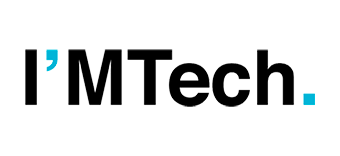Posts
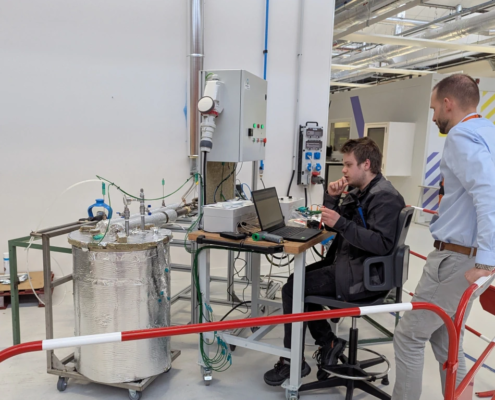
Thermal storage spearhead Wallace Technologies
Energy & environment, In the News, Start-up-enBenjamin Dupas founded the start-up Wallace Technologies in Clermont-Ferrand in 2020. He was joined in 2024 by Pauline Chanin Lambert, a researcher at Mines Saint-Étienne, while he was working on a research contract there. These two professional engineers aim to revolutionize energy storage using thermal batteries, offering a model that is both efficient and sustainable.

Alhomna Systems promotes solar energy
Energy & environment, In the News, Start-up-enThomas Delapierre lived in Australia for many years and witnessed the environmental devastation facing the country: forest fires, floods, and other natural disasters that are enough to cause eco-anxiety. This personal experience led him to set up a project "that would ensure a minimum standard of living for everyone," the start-up Alhomna Systems. Founded in 2023, it seeks to transform wet waste into valuable resources using solar energy technology: SolarDry.

Valérie Forest: from a desire to be useful to global recognition
Health, In the News, PortraitValérie Forest, a professor at Mines Saint-Étienne, was recently recognized as one of the most influential scientists in the world, according to the “Stanford/Elsevier’s Top 2% Scientists” ranking. Originally from Saint-Étienne, she conducts applied research into the biological activity of inhaled particles, while also running the school's Biomedical Engineering Major. Close up on a researcher who just wanted “to be useful”.
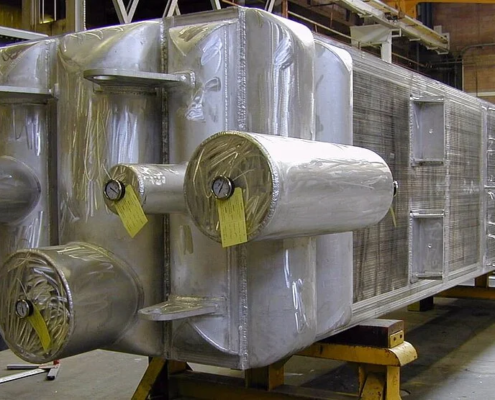
Liquefying hydrogen: a challenge to the last grain
In the News, IndustryLiquefaction is a key stage in the use of hydrogen as an energy vector. The HyGen project aims to remove the technological obstacles surrounding this process in the context of decarbonized transport. At Mines Saint-Étienne, two researchers are putting their powder expertise into designing the future cryogenic heat exchangers required for storage.

Oncoelectronics: A spark in the fight against brain tumors
Health, In the News, Start-up-enElectric fields to curb cancer? That's the bold approach of the Franco-International team at Oncoelectronics. Born in the heart of Provence, the start-up draws on the experience of scientists at Mines Saint-Etienne to design implantable devices to slow the progression of incurable brain tumors. A project at the crossroads of bioengineering, neurotechnology and microelectronics.

Boosting tomorrow’s IoT networks
Digital, In the NewsThe goal of the FITNESS project is to develop networks capable of adapting to the needs of massive IoT, industrial IoT and connected transport solutions. The project is supported by the expertise of several IMT schools to address the challenges that arise from the densification of connected objects, more robust applications, energy management and various protocols, and to optimize the performance of networks in real time.

Alexandra Vallet is taking the brain’s pulse
Health, In the News, PortraitThe fluid around our brain moves with our body’s pulses. Studies of this dynamic are offering new insights into the underlying mechanisms of neurodegenerative diseases. Researcher at Mines Saint-Étienne, Alexandra Vallet’s work is based on this cross-disciplinary approach. It focuses on how our brain’s mechanical properties and fluid-structure interactions influence its health and aging.

Digital twins for industrial systems: future allies for performance
Digital, In the News, IndustryTo achieve its mission, the Digital Twins for Industrial Systems Chair combines the efforts of three Institut Mines-Télécom (IMT) schools under one sponsorship chair. It provides a research framework for certain scientific and technical issues involved in use cases, performance, management and maintenance of these digital twins, with the support of three industrial partners.
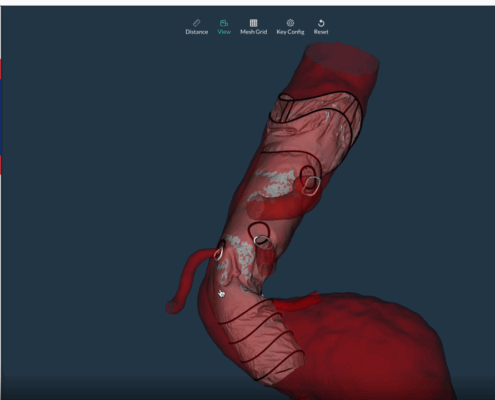
Stéphane Avril: When biomedical research crosses paths with entrepreneurship
Health, In the News, Start-up-enStéphane Avril, Biomechanics professor at Mines Saint-Etienne, is exploring the route of entrepreneurship to take his research work to the next level. In co-founding PrediSurge in 2017 and then KaomX in 2024, he has been creating start-ups to take innovations from the laboratory into the economic sphere. Between technology, filing patents and improving technology readiness, let’s take a look back over his achievements as a researcher-entrepreneur.
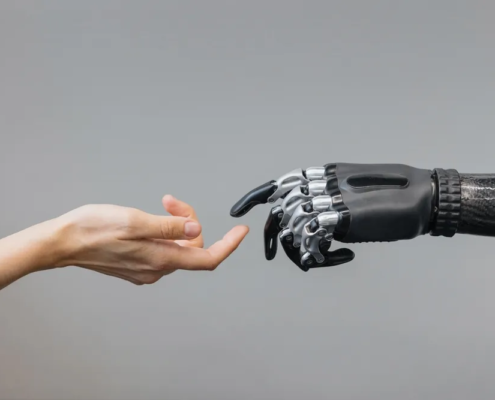
The invisible electronic chip that restores the sense of touch
Europe EN, Health, In the NewsIt could soon be possible to restore tactile sensations for people fitted with prosthetics thanks to the Flexeo project. This research program, led by Mines Saint-Etienne, has entered the second phase after four years of development. Under the supervision of Sylvain Blayac, the team has designed a flexible electronic chip that can detect and reproduce tactile sensations.
